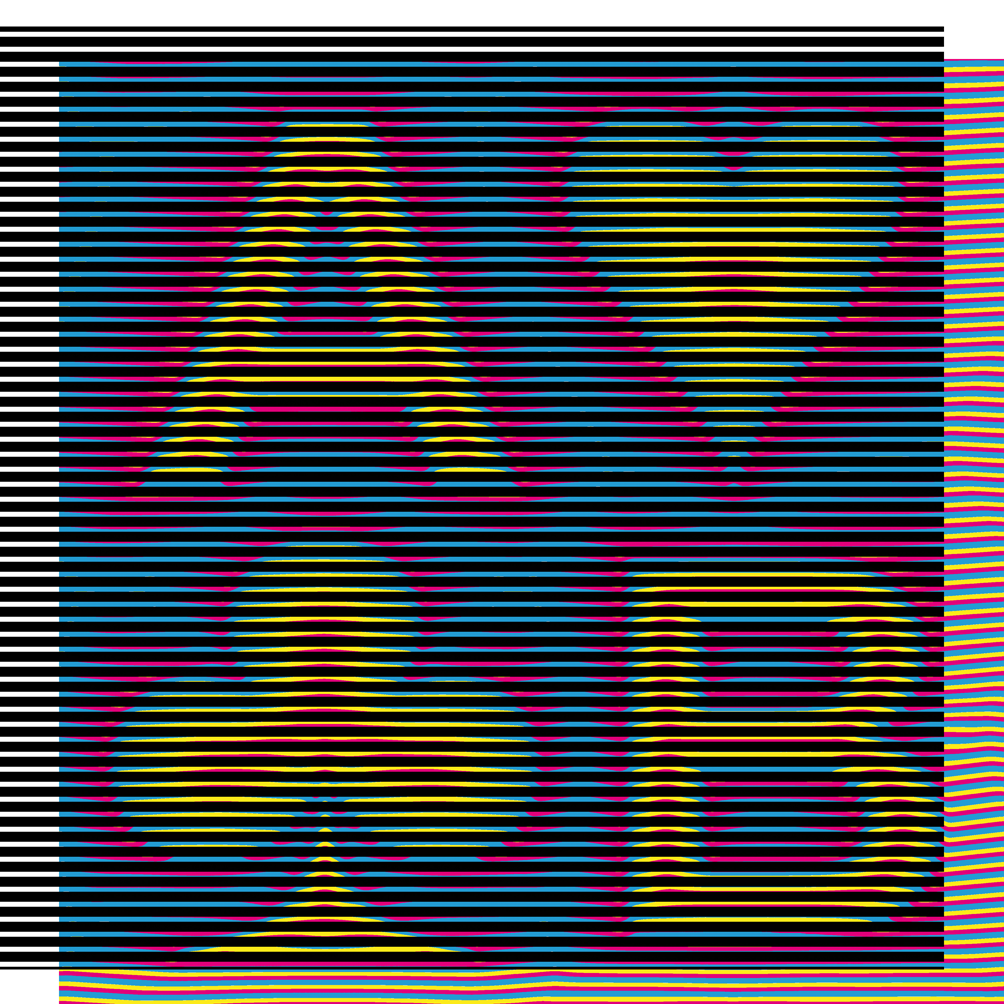Introduction
Secure documents often comprise an information layer that is hard to reproduce. Moiré techniques for the prevention of counterfeiting rely on the superposition of an array of transparent lines or microlenses on top of a base layer containing hidden information. Moirés are advantageous since macroscopic effects are produced by superposing layers of microscopic structures. When generated at very high resolutions, these microstructures become hard to counterfeit.
Working principle and some examples
A simple way of apprehending the moiré phenomenon is seeing it as a sampling problem. The base layer contains some information that the revealer samples. Depending on the way the information is laid out in the base and on the revealer’s design, we can create a moiré with desired characteristics. Three of the main types of moirés that we use are presented in the following table.
 |
 |
 |
| 2D moirés | 1D moirés | Level-line moirés |
Although we work on creating new moiré effects, our main focus is on obtaining dynamic moirés on optically variable devices thanks to microfabrication techniques. The combination of microlenses and other microstructures results in attractive optically variable devices ([Cadarso et al. 2013] and ongoing research).
Applications
While the moiré phenomenon is used in many fields such as art, architecture, interferometry, microscopy, its security applications represent the core of our research. Examples of the use of moiré for security can be found in the new 100, 200, 500 and 1000-krona Swedish banknotes as well as on the new American 100$ banknote.
For any additional information, do not hesitate to contact Thomas Walger.
Keywords: moire